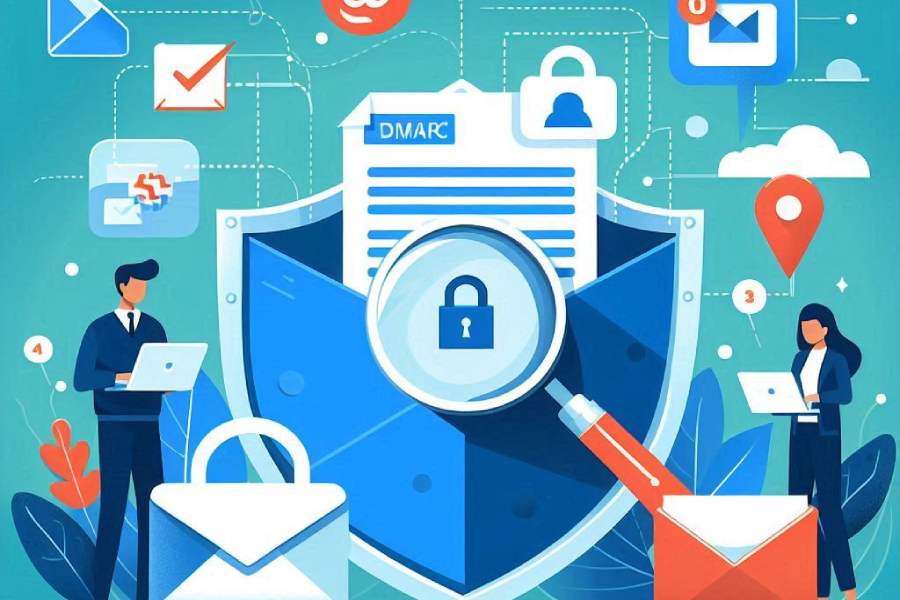
Subdomailing: The DMARC risk you might be ignoring
Subdomailing: The DMARC risk you might be ignoring
In 2024, Guardio’s email protection systems identified unusual patterns in email metadata, related explicitly to SMTP servers and their authentication as legitimate senders. Upon investigation, it was discovered that this campaign has been ongoing since at least 2022 and involves over 8,000 domains and 13,000 subdomains owned by legitimate companies, including those belonging to MSN, McAfee, eBay, and VMware, which were compromised due to subdomain hijacking. This research led to the coining of a new term—subdomailing.
![Tycoon2FA Bypasses Microsoft, European Espionage Campaign, ResolverRAT Global Threat – Cybersecurity News [April 14, 2025]](https://www.duocircle.com/wp-content/uploads/2025/04/spf-record-tester-5743.jpg)
Tycoon2FA Bypasses Microsoft, European Espionage Campaign, ResolverRAT Global Threat – Cybersecurity News [April 14, 2025]
Tycoon2FA Bypasses Microsoft, European Espionage Campaign, ResolverRAT Global Threat – Cybersecurity News [April 14, 2025]
This week’s cybersecurity news roundup isn’t just another string of breaches and exploits but a blueprint of how far threat actors have come and how swiftly they are advancing and increasing their attack surface. From phishing kits outsmarting MFA to malware operating entirely in memory, attackers are sharpening their tools and aiming at high-value Sharks and industry giants, even preying upon global healthcare providers and diplomatic channels. Let’s dig into what happened and how we can leverage our defenses and stay safe online!
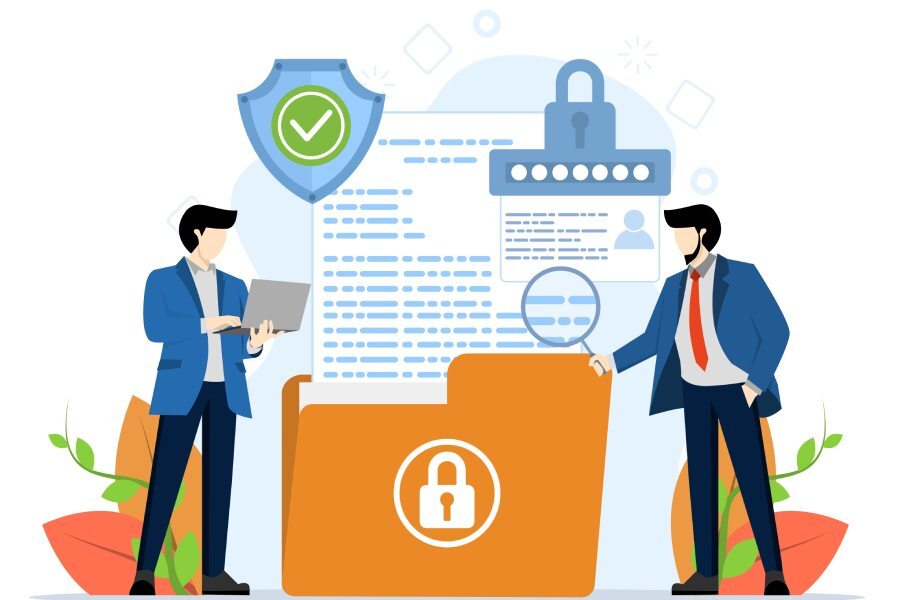
Navigating the emerging email cyber threats in 2025
Navigating the emerging email cyber threats in 2025
No matter how vulnerable email communications get, this mode is here to stay for the coming years. Cybercriminals are very clear about the fact that emails are the backbone of businesses, and that’s exactly why they keep targeting them. With the advent of artificial intelligence, it has become easier for them to send spoofing and phishing emails on behalf of reputable firms, impersonating their employees and CXOs. They are always ahead of the curve and keep devising new strategies and social engineering tactics to manipulate email recipients while evading detection.

SPF Record Generator: The Ultimate Tool for Email Security
In a world where emails are a crucial aspect of communication, making sure your messages get to the right people is more important than ever. Imagine sending a key email to a colleague only for it to get lost in the sea of spam—frustrating, right? That’s where SPF records come into play. They act as a security badge for your emails, showing that they are coming from a trusted source. Creating and managing these records can seem complicated, but with the right tools and guidance, you can easily enhance your email security. Dive in with us as we explore how an SPF record generator can be your best ally in keeping your communications safe and sound.

How to Secure your Subscription Business from Online Threats
Running a subscription business is a worthwhile venture, but it equally comes with risks—especially when it comes to cybersecurity. Think payment fraud, account takeovers, and data breaches.
That’s why knowing how to secure your subscription business from online threats is more important than ever.

The relevance of cyber insurance in 2025?
The relevance of cyber insurance in 2025?
As of 2025, cybercrimes have become a global issue. A report says there are over 17 billion hacking attempts every day and about 5.5 billion malware attacks each year.. And this is exactly why the cyber insurance market size is estimated to be valued at $19.35 billion in 2025 and is expected to reach $71.44 billion by 2032. This exhibits a compound annual growth rate or CAGR of 20.5% from 2025 to 2032. (more…)
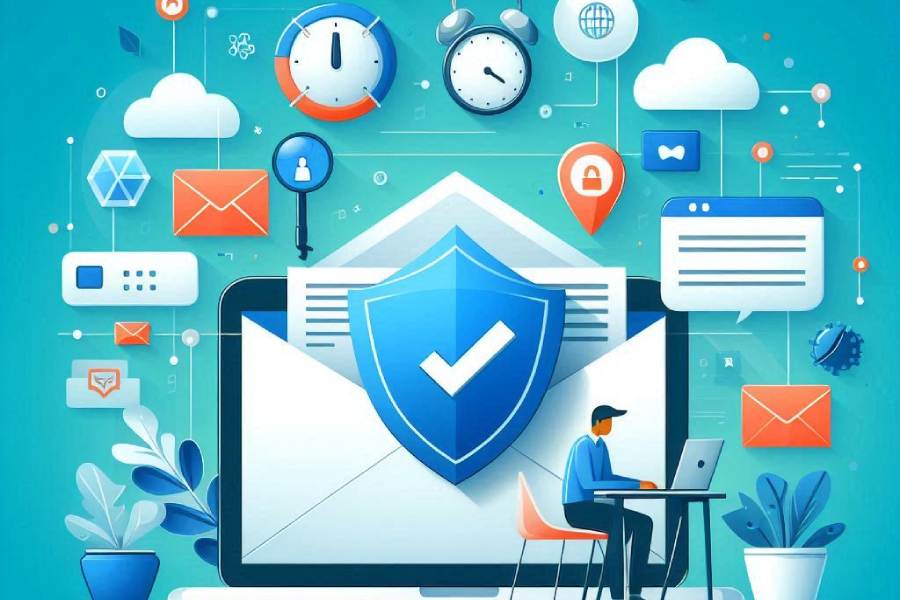
SPF in a DMARC-DKIM world: is it still relevant?
SPF in a DMARC-DKIM world: is it still relevant?
Email was never actually built with keeping security in mind. Back in the day, it was just a medium of communication, and it operated on trust. This made it a vulnerable target for threat actors who started exploiting email for spoofing, phishing, and spam. Over the years, email threats evolved, triggering the need for authentication mechanisms to verify if the sender is actually who they are claiming to be and protect recipients.

SMTP Relay Server Setup: Choosing the Best Provider for Your Needs
In the ever-connected age of digital communication, your email strategy can make or break your business’s success. Have you ever wondered why some emails seem to disappear into the void while others land right where they’re supposed to? This is where an SMTP relay server comes in. Think of it as a magical postman, ensuring your important messages fly through cyberspace and reach their intended inboxes unscathed.

AWS SES SPF: Complete Guide to Proper Email Configuration
In the digital age, sending emails that land straight in your recipient’s inbox instead of the dreaded spam folder is crucial for any business or individual wanting to connect. But how do you ensure that your email is recognized as legitimate and not a clever guise for phishing attempts? This is where understanding SPF—Sender Policy Framework—steps in as your email’s best ally. It’s not just a technical jargon; it’s a fundamental element in your email strategy that can make or break your communication efforts.

What You Get with BambooHR Pricing: Features, Costs & Benefits
Understanding the disparate pricing tiers and feature offerings available in the HR tech landscape can be daunting. Knowing what you get with a given HR platform will assist with decision-making and improve resource utilization efficiency. This post will review BambooHR’s pricing features, costs, and benefits. After reading, users will better understand what this platform can do and whether it is a good organizational match.
![SourceForge Office Malware, Kellogg Clop Breach, Seattle Port Ransomware – Cybersecurity News [April 07, 2025]](https://www.duocircle.com/wp-content/uploads/2025/04/spf-validator-4643.jpg)
SourceForge Office Malware, Kellogg Clop Breach, Seattle Port Ransomware – Cybersecurity News [April 07, 2025]
SourceForge Office Malware, Kellogg Clop Breach, Seattle Port Ransomware – Cybersecurity News [April 07, 2025]
From crypto-mining malware hiding in Office tools to ransomware attacks shaking up ports and pension funds, this week’s cybersecurity bulletin has it all. Whether you use WhatsApp on Windows or manage your retirement savings online, these incidents are a reminder of how quickly threats evolve—and how easy it is to become a target.
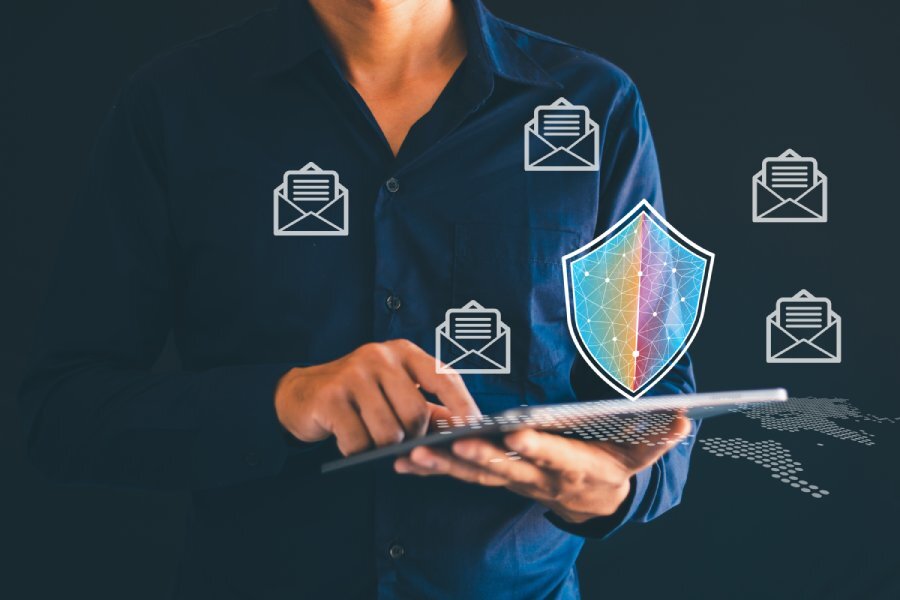
The early-2025 global posture of DMARC
The early-2025 global posture of DMARC
It’s been more than a year since Google and Yahoo pushed domain owners to adopt DMARC. This push has paid off partially— why partially? Because the number of domains with DMARC has doubled, but they aren’t configured strictly. Domain owners have just implemented DMARC for the sake of it, but have done nothing to advance the policies and strengthen email security. As per a survey done by Mailgun, 66% of senders are aware that they are using both SPF and DKIM for email authentication. About 25.7% of respondents don’t know how their organizations are using DKIM and SPF, and less than 9% said they are using only one of the two.
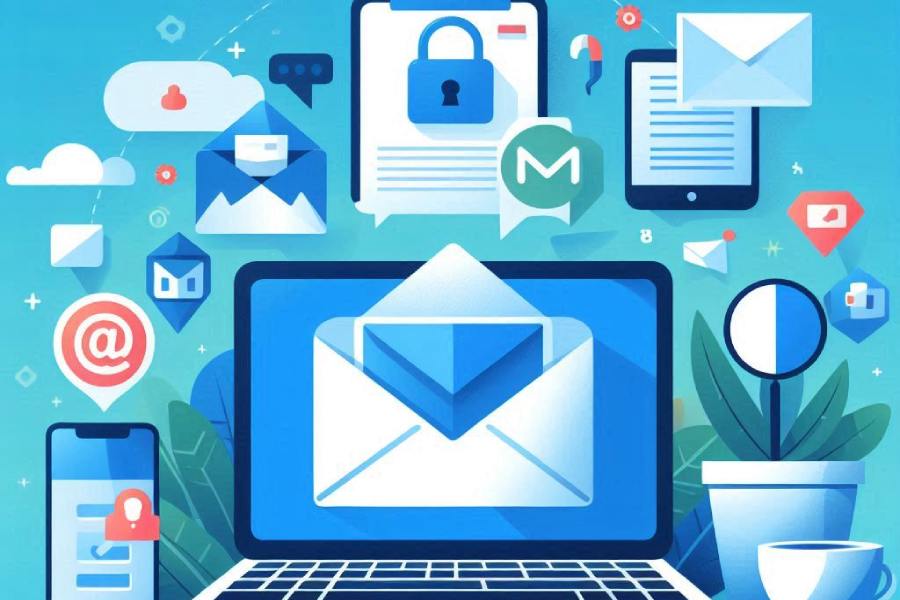
Update: Microsoft Outlook now joins the email security bandwagon
Update: Microsoft Outlook now joins the email security bandwagon
If you have been around in the cybersecurity or email security circle for a while now, you’d recall that back in 2024, major email service providers like Google and Yahoo brought about big changes in the email security landscape to fight cyber threats like spoofing, phishing, and spam.
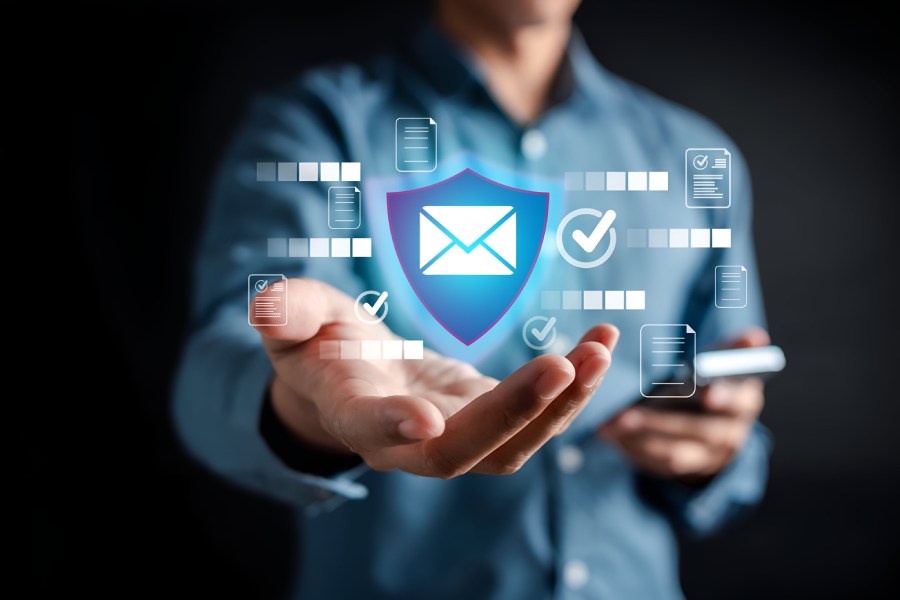
Leveraging Email Security Solutions to Strengthen Trade Credit Insurance Strategies
Trade credit insurance is a crucial tool for businesses that extend credit to customers.
It protects against non-payment, insolvency, and other financial risks that could disrupt cash flow. However, as digital transactions have become the norm, cybercriminals have found new ways to exploit vulnerabilities, particularly through email fraud.
![CrushFTP Exploit Alert, Lucid Phishing Surge, WordPress Plugin Exploit – Cybersecurity News [March 31, 2025]](https://www.duocircle.com/wp-content/uploads/2025/04/sender-policy-framework-5643.jpg)
CrushFTP Exploit Alert, Lucid Phishing Surge, WordPress Plugin Exploit – Cybersecurity News [March 31, 2025]
CrushFTP Exploit Alert, Lucid Phishing Surge, WordPress Plugin Exploit – Cybersecurity News [March 31, 2025]
Cyber threats are evolving, and this week has been no exception. From a dangerous CrushFTP vulnerability under active attack to a sophisticated phishing platform preying on mobile users, cyber criminals are refining their tactics. Hackers are also exploiting WordPress features to stay hidden, while a new Android malware is after crypto wallets. With attackers moving fast, staying informed is more critical than ever—here’s everything you need to know.

AWS SES SPF: Complete Guide to Proper Email Configuration
In the digital age, sending emails that land straight in your recipient’s inbox instead of the dreaded spam folder is crucial for any business or individual wanting to connect. But how do you ensure that your email is recognized as legitimate and not a clever guise for phishing attempts? This is where understanding SPF—Sender Policy Framework—steps in as your email’s best ally. It’s not just a technical jargon; it’s a fundamental element in your email strategy that can make or break your communication efforts. This guide will walk you through the ins and outs of configuring SPF records for AWS SES, helping you enhance your email deliverability and protect your brand from imposters. Let’s dive into the world of SPF and discover how even a little setup can change the way you communicate online!

Dealing with DMARC failures: Here’s how you can fix the errors
Dealing with DMARC failures: Here’s how you can fix the errors
DMARC is one of the most fundamental and robust email authentication protocols out there. It not only keeps impersonators at bay and protects your domain from being misused but also gives you visibility into who is sending emails on your behalf.
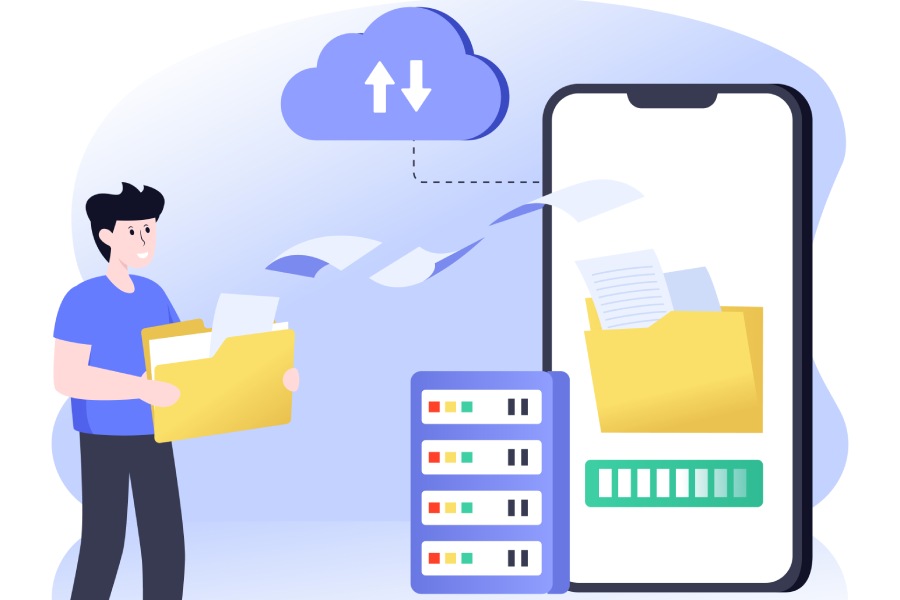
Cross Tenant Migration Office 365: A Comprehensive Guide to Success
Cross-tenant migration might sound like just a technical hurdle, but it’s essentially about weaving together the digital lives of people in different organizations. Imagine being part of a company merger—suddenly, not only are you expected to collaborate with new colleagues, but your emails, files, and applications need to change homes and still work seamlessly.
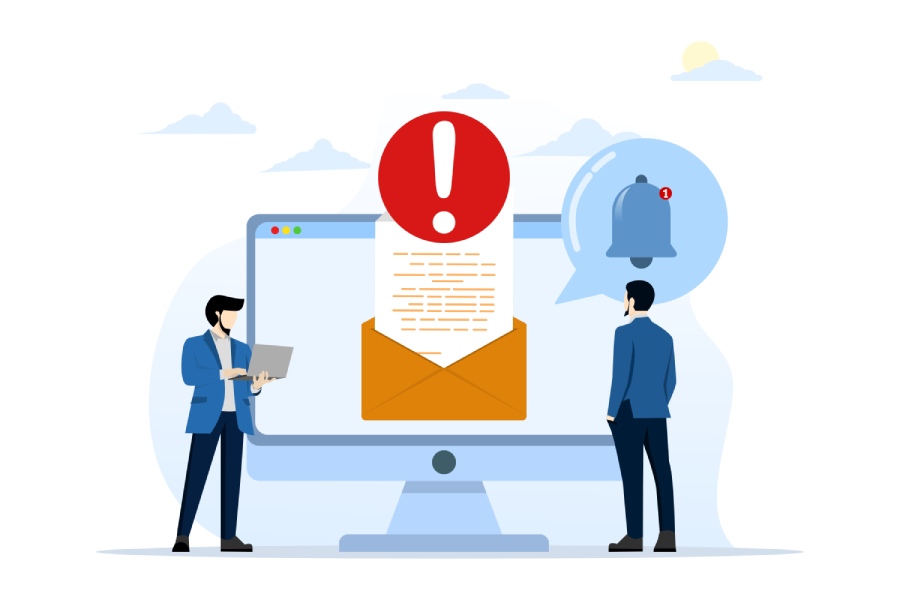
Bypassing DKIM: Understanding replay attacks and how to mitigate them
Bypassing DKIM: Understanding replay attacks and how to mitigate them
Threat actors always try to stay ahead of the curve and find ways to bypass security protocols. DKIM replay attacks are exactly that. In a DKIM replay attack, a cybercriminal resends a DKIM-signed message to multiple recipients without the emails getting flagged. They generally target highly reputed domains to generate legitimate message signatures. Gmail recipients, in particular, are more likely to receive replayed emails because it greatly prioritizes domain reputation.